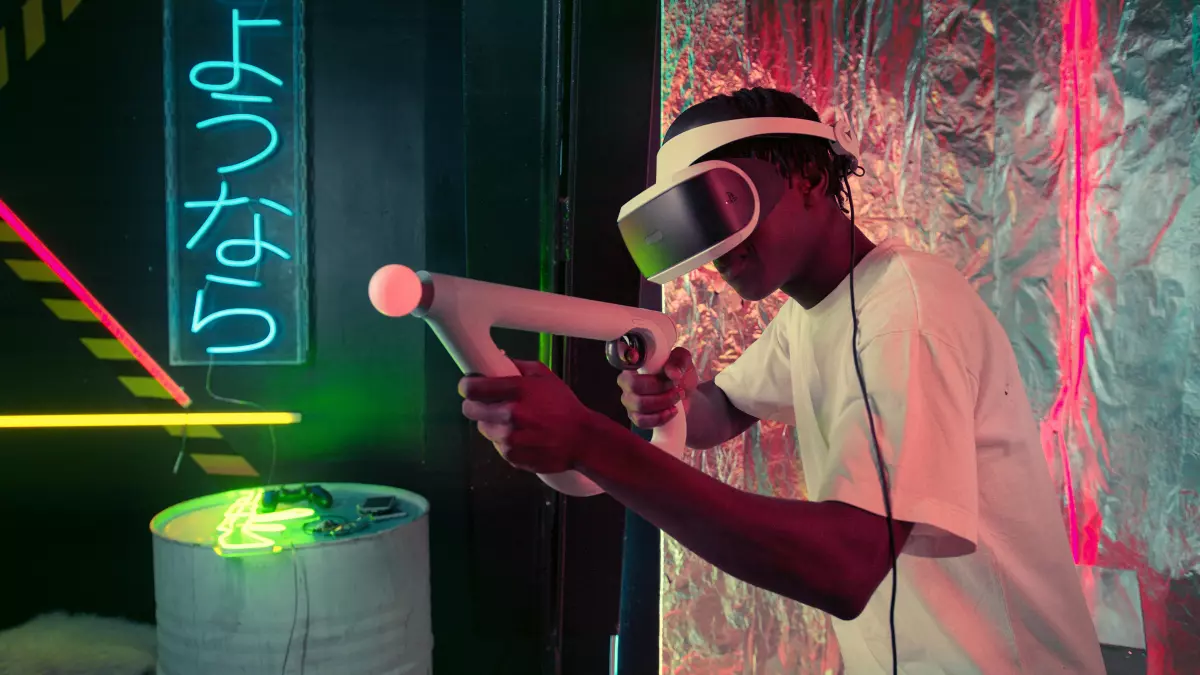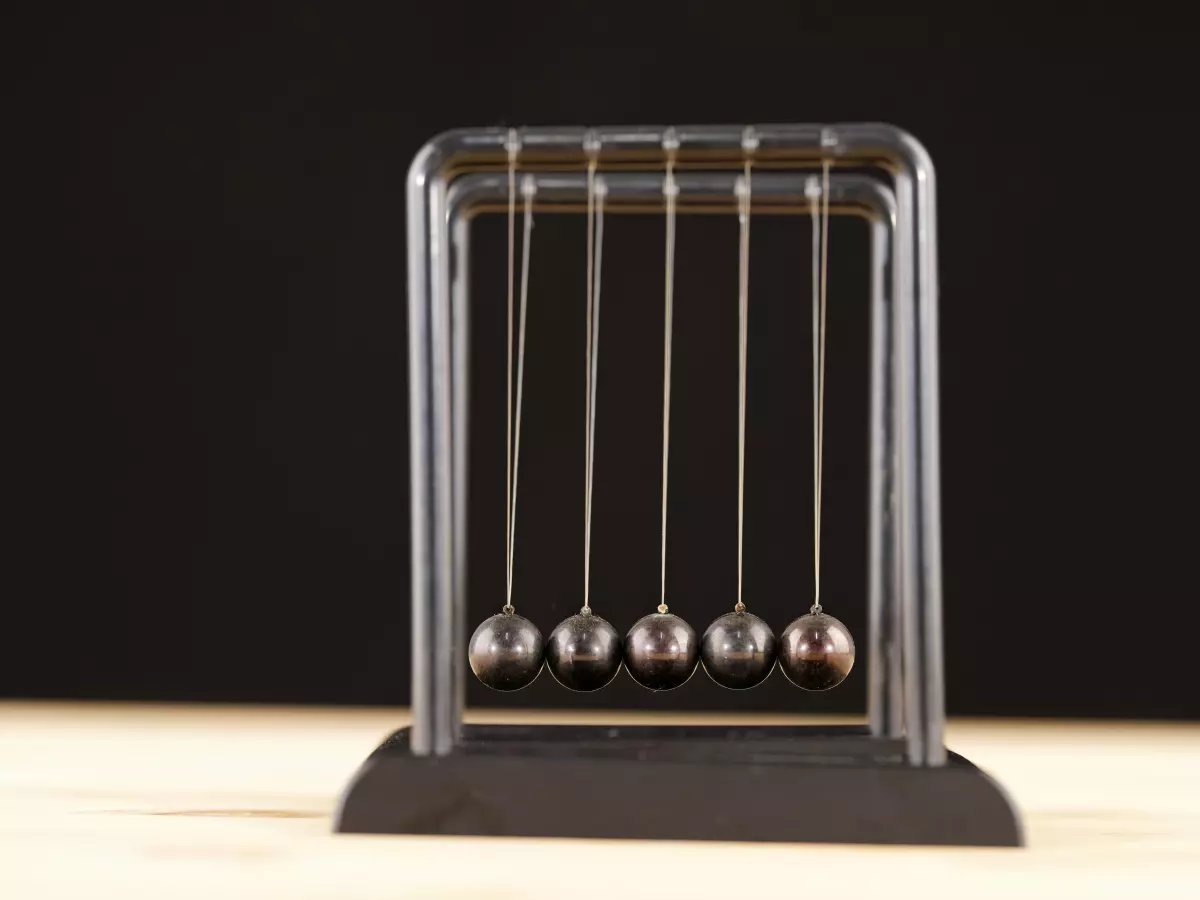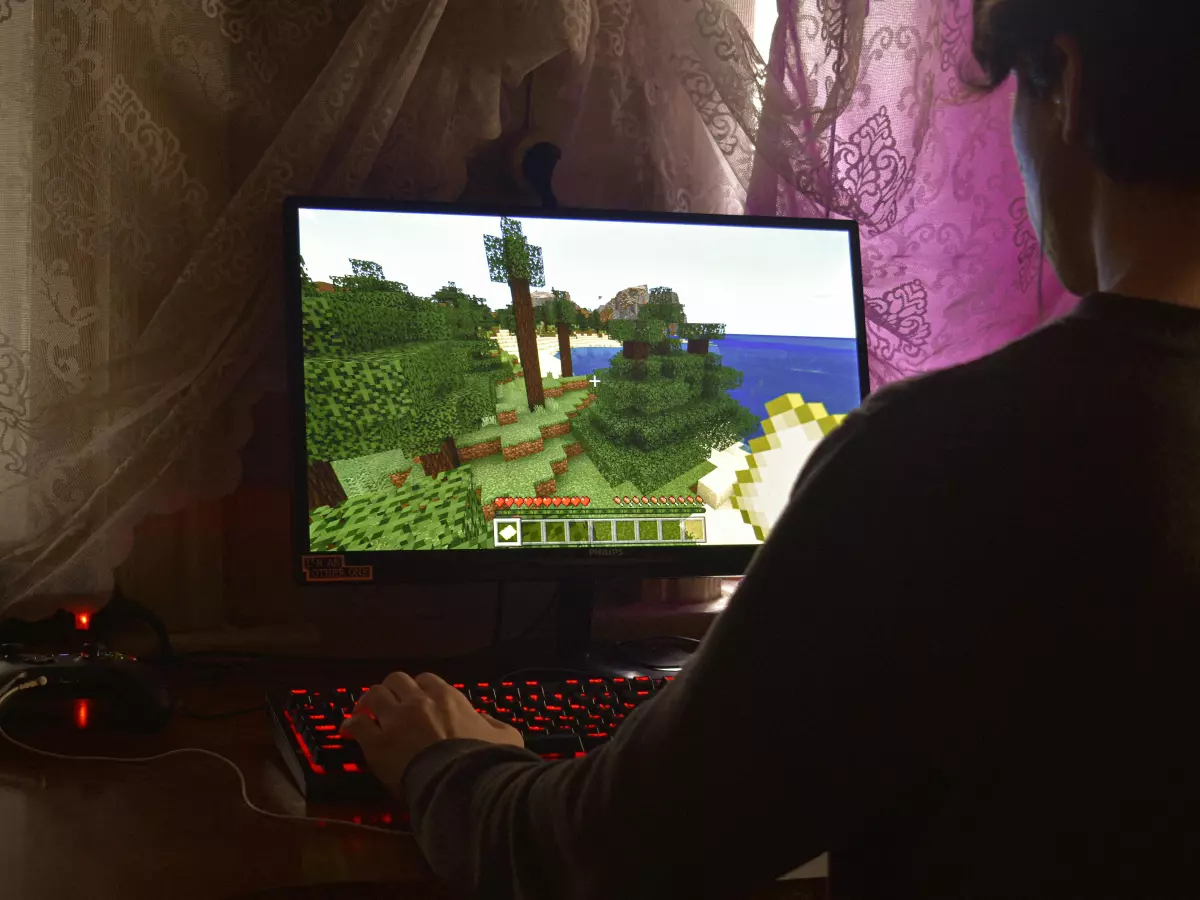Particle Collisions
Ever wondered how explosions, debris, or even magic spells in your favorite games feel so real? It all comes down to how game engines handle particle collisions, and trust me, it’s more complex than you think.

By Marcus Liu
Let’s compare two iconic moments in gaming: the chaotic explosion of a grenade in a first-person shooter versus the gentle swirl of dust in a fantasy RPG. Both involve particles, but the way the game engine handles their collisions is vastly different. In the shooter, each fragment of debris needs to bounce off walls, floors, and even characters, creating a sense of chaos. In the RPG, the dust particles might gently collide with the environment, creating a more serene, magical atmosphere.
So, what’s the difference? It’s all about how the game engine calculates and simulates the interactions between particles and the environment. These calculations can be incredibly resource-intensive, especially when you’re dealing with hundreds or even thousands of particles on screen at once. But don’t worry, game engines have some clever tricks up their sleeves to make it all work smoothly.
Breaking Down Particle Systems
At the heart of any particle effect—whether it’s a fiery explosion or a cloud of dust—is the particle system. A particle system is essentially a collection of small, individual elements (particles) that behave according to a set of rules. These rules dictate how the particles move, how they interact with each other, and how they collide with the environment.
Here’s where things get interesting: not all particles are created equal. Some particles are purely visual and don’t interact with the environment at all. These are often used for effects like smoke or fire, where the particles don’t need to bounce or collide with anything. On the other hand, particles like debris from an explosion or sparks from a welding torch need to interact with the environment in a believable way. This is where real-time particle collisions come into play.
The Physics of Particle Collisions
When a game engine handles real-time particle collisions, it’s essentially performing a series of physics calculations to determine how each particle should behave when it comes into contact with another object. These calculations take into account factors like the particle’s speed, direction, and mass, as well as the properties of the object it’s colliding with (e.g., is it a solid wall or a soft surface?).
But here’s the catch: performing these calculations for every single particle on screen would be incredibly taxing on the game’s performance. Imagine trying to calculate the trajectory of every piece of debris in a massive explosion—your CPU would be crying for mercy!
To get around this, game engines often use a technique called collision proxies. Instead of calculating the exact collision for every particle, the engine simplifies the process by using a proxy object that represents the general shape and behavior of the particles. This allows the engine to perform fewer calculations while still maintaining a realistic look and feel.
Optimizing for Performance
Another trick game engines use to handle particle collisions efficiently is level of detail (LOD). LOD is a technique where the engine adjusts the complexity of the particle system based on the player’s distance from the effect. For example, if you’re standing right next to an explosion, the engine will render every piece of debris in high detail, complete with realistic collisions. But if you’re far away, the engine might reduce the number of particles and simplify the collision calculations to save on performance.
This is why you might notice that explosions or other particle effects look more detailed when you’re up close, but become less complex as you move further away. It’s all about balancing realism with performance, and game engines are constantly fine-tuning this balance to ensure a smooth gaming experience.
Collision Detection Techniques
When it comes to detecting collisions between particles and objects in the game world, game engines have a few different techniques at their disposal. One of the most common methods is bounding box collision detection. In this method, each particle is enclosed in an invisible box, and the engine checks whether this box intersects with any other objects in the game world. If a collision is detected, the engine calculates how the particle should react (e.g., bounce off, shatter, etc.).
Another technique is raycasting, where the engine shoots an invisible ray from the particle in the direction it’s moving. If the ray intersects with an object, a collision is detected, and the engine calculates the appropriate response. Raycasting is often used for fast-moving particles, like bullets or sparks, where traditional collision detection methods might not be accurate enough.
The Future of Particle Collisions
As game engines continue to evolve, we’re likely to see even more advanced techniques for handling real-time particle collisions. One area of development is GPU-based particle systems, where the heavy lifting of particle calculations is offloaded from the CPU to the GPU. This allows for more complex particle effects without sacrificing performance, and we’re already seeing this in some of the latest game engines.
Another exciting development is the use of machine learning to optimize particle collisions. By training AI models to predict how particles should behave in different scenarios, game engines could potentially reduce the number of calculations needed, leading to even more realistic and immersive particle effects.
In the end, the goal is always the same: to create a gaming experience that feels as real and immersive as possible. And while we might not always notice the intricate details of how particles collide and interact with the environment, it’s these small touches that make all the difference in bringing a game world to life.
So the next time you’re dodging debris from an explosion or watching dust swirl in the wind, take a moment to appreciate the complex dance of particles happening behind the scenes. It’s a testament to the incredible power of modern game engines—and a glimpse into the future of gaming.





